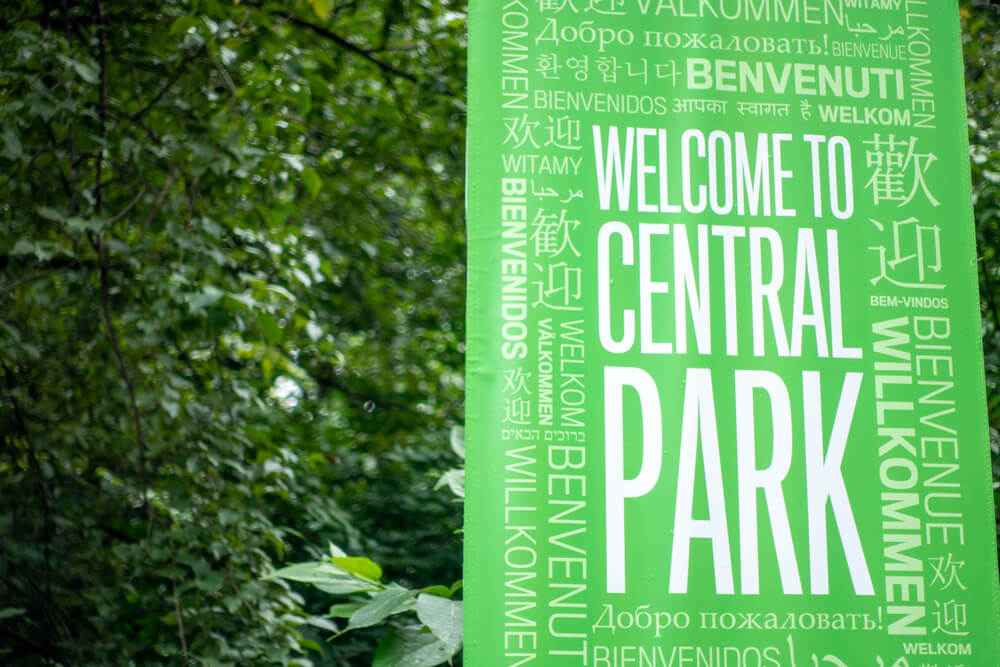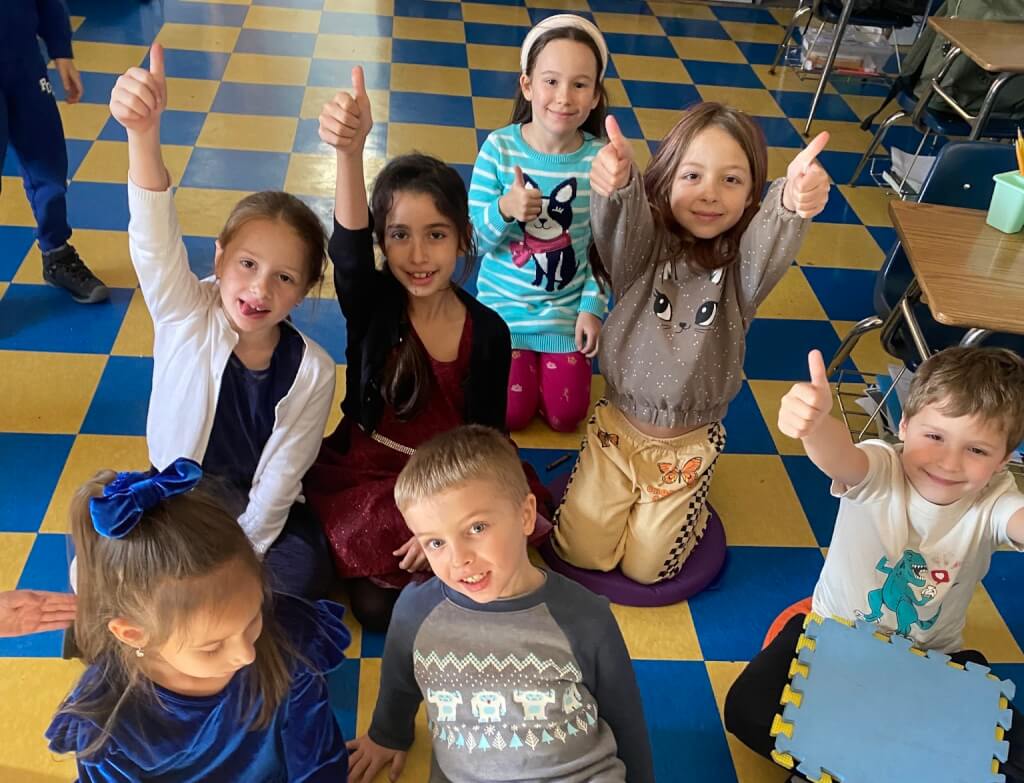New York City is a City of Hundreds of Languages: How the City Hall takes care of native speakers
'18.02.2021'
Why is New York the most popular city for immigrants? Among the main reasons is that it is one of the most multilingual cities in the world. The residents of New York's five boroughs speak more than 200 languages - from Spanish, Mandarin Chinese and Arabic to Ful, Mixtec, Quechua, Garifuna and Wolof.

On the eve of International Mother Language Day, which is celebrated on February 21, we pay tribute to the important role of all languages spoken around the world and in New York in particular. This holiday was established in honor of Bengali activists who fought for the right to speak their native language. They believed that language is inextricably linked to culture, history and identity, and if you advocate for the community's right to use your mother tongue, then you are also fighting for rights, security and a sense of community.
Hundreds of languages, including the indigenous languages of New York, which were supplanted by the colonialists, are now under threat of extinction. And we must strive to preserve them with the support of our communities, human rights defenders and local governments. In New York, we understand the importance of the diversity of the languages spoken by the city's residents and are committed to developing, preserving and protecting them. This is how we show that our city is safe and open to people of all backgrounds and identities.
On the subject: New York is always ready to help immigrants: what programs are available to them
The New York City Administration of Immigrants (MOIA) worked with other agencies to implement Local Law 30, one of the most powerful language accessibility measures in the country. According to this document, city offices must provide services in multiple languages, including translating publicly available documents into 10 of the city's most spoken languages and develop plans to expand language availability.
In addition, city institutions must offer telephone translation into at least 100 languages, as well as inform in different languages about the availability of free translation services. In addition, IDNYC, a free municipal ID card program for all New Yorkers, regardless of immigration status, enables cardholders to select two preferred languages for the card. This is important for New Yorkers from other countries who speak multiple languages, which allows them to be proud of their nationality and protects their interests.
As the COVID-19 pandemic has shown, the availability of vital information and resources in multiple languages for all New Yorkers is of paramount importance. We have improved the usability of our website and published information in languages other than the ten required by Law 30.
MOIA has also translated important materials (such as a guide to municipal services during the COVID-19 pandemic) into additional languages, including Portuguese, Nepali, Yiddish. You can find this guide at website nyc.gov/immigrants/coronavirus... We are working with partner agencies to implement the municipal Vaccine for All program, especially to address unequal access to information in New Yorkers' languages, and to expand education and awareness programs in affected communities. from the pandemic the most. This includes advising institutions on translation services during virtual events, on how to make their websites more user-friendly, and on including language accessibility in COVID-19 recovery plans.
On the subject: Home and Work: How New York City Helps Residents During the COVID-19 Pandemic
In addition, we have made linguistic accessibility a priority for our work with Cities for Action (C4A), a coalition of about 200 localities across the country that advocate for more inclusive and pro-immigrant federal policies.
In the past month C4A Releases List of Recommendations for Biden Administration and US Congress... Making these recommendations a reality will provide effective support to our communities. Key areas include increased funding, coordination and support for multilingual services and information at all levels of government. The move is needed to change the federal policy of the past four years and the contempt for New York's multilingual population, based on superficial and historical views of what it means to be American. We strongly believe that language accessibility is not only essential to the success, empowerment and security of our immigrant communities, but also a civil right. More information on the C4A guidelines can be found at website citiesforaction.us/vision.
Finally, in addition to our efforts to improve language accessibility, we continue to support learning English by immigrants through our WeSpeak NYC program, which offers free online classes and speaking practice for intermediate English speakers. By doing this, we show that we value linguistic diversity and offer bilingual education to further support immigrant communities. New Yorkers can sign up for a class and learn more about the program at website wespeaknyc.cityofnewyork.us/wsnyc-online-classes.
On the eve of International Mother Language Day, we want to re-emphasize our city's unwavering commitment: wherever you come from and whatever language you speak, New York is your home.
This column was originally published in Queens chronicle.








